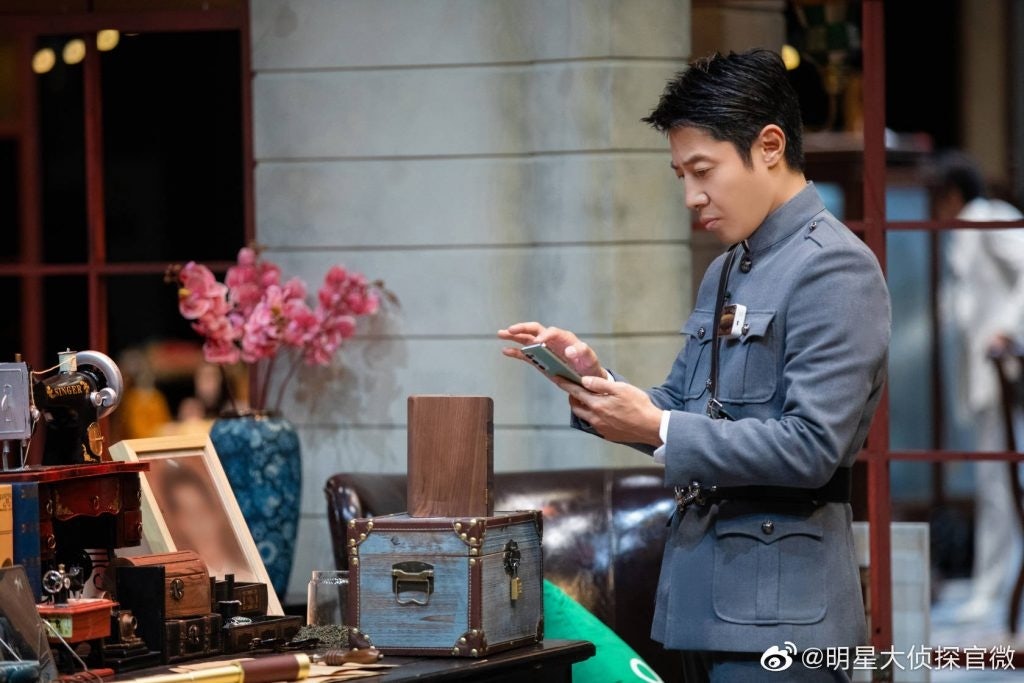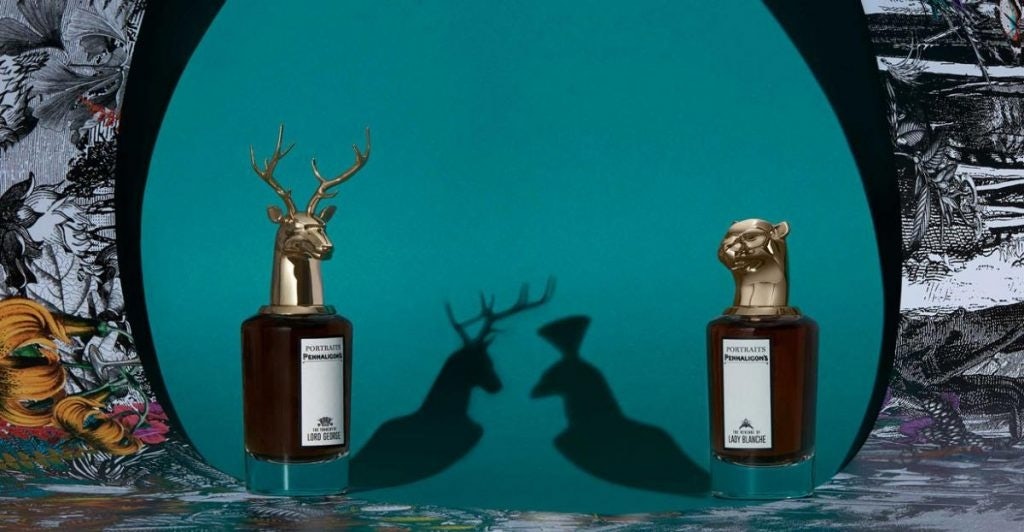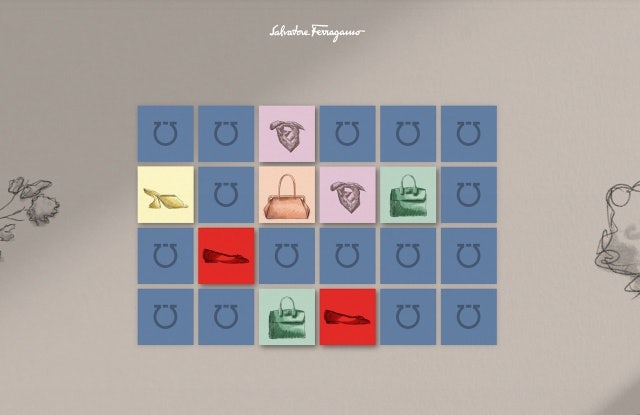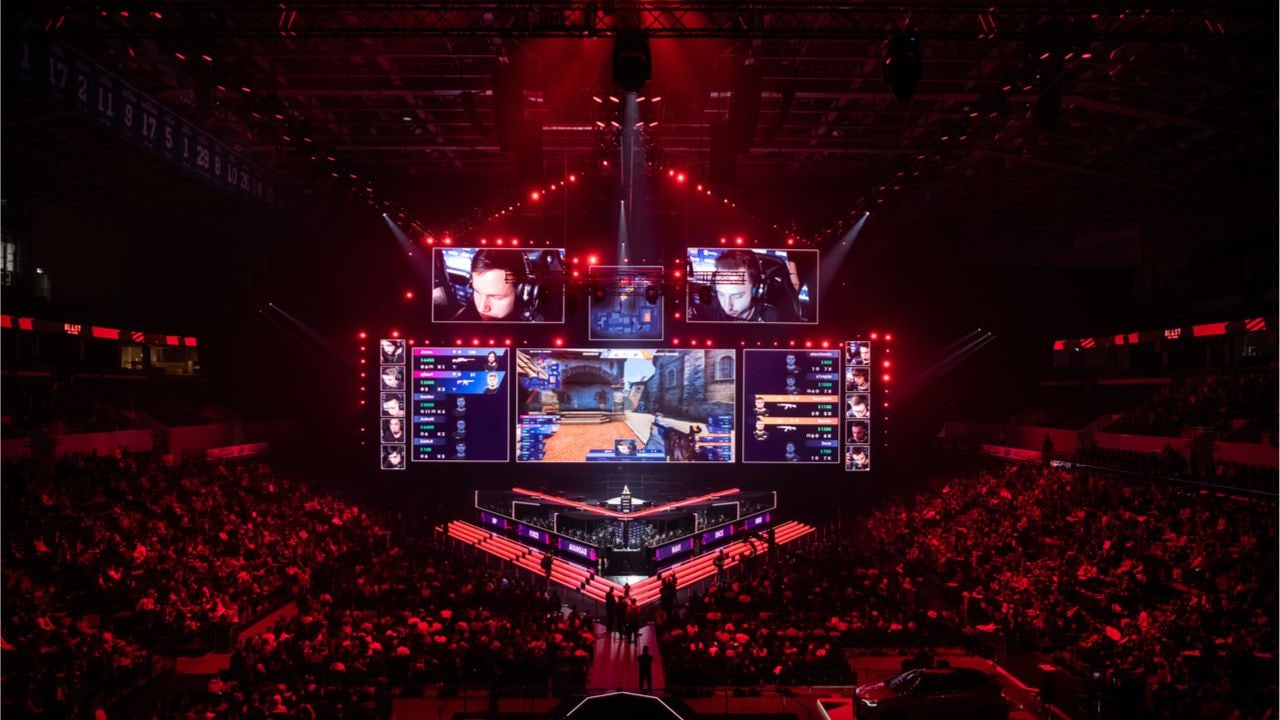Key Takeaways:#
According to Meituan Research Institute, the market value of China’s live action role play or LARPing sector was over 1.5 billion in 2019, which was twice as much as in 2018. The seeds of the craze were sown following the popular reality TV show, Who’s the Murderer, where celebrities played live action roles.
The growth of LARP-focused apps such as BaiBianDaZhenTan 百变大侦探 and Woshimi 我是谜 means that the trend can easily transfer online too. This offers an easier, more accessible entry point for luxury brands.
From Hermès to Ferragamo to Penhaligon, iterations of the trend have been popping up in the luxury sphere in China, appealing to Gen Zers who favor the secret identities associated with gaming.
It’s official. LARPing, which stands for a live action role-playing game, or Jubensha (translated as “Script Murder” in Chinese), is now officially a huge hit among China’s younger generations. And, in true China style, the trend seems to have exploded overnight, seemingly out of nowhere.
The premise is simple enough: players assume character rolls and interact to solve a crime, often in studios. The activity relies on a well-written script which gives players or “characters” back stories and the opportunity to dress up in costumes.
Fashion, which is already based on passion, desire, and fascination, has plenty of crossover with the nefarious. Society's appetite for true crime shows, books, and podcasts has snowballed as well; the movie House of Gucci staring Lady Gaga is based on the real-life murder of Maurizio Gucci and slated for release this October. And now, China’s youth are only taking the next step — acting out real life scenarios.
The seeds of this new-found craze were sown in China following the popular reality TV show, Who’s the Murderer. This saw groups of celebrities undertaking live action role playing and over its seasons, slowly became a hit among young fans. According to Meituan Research Institute, the market value of the sector was over 1.5 billion in 2019, which was twice as much as in 2018.

With increasing demand for immersive experiences coming from Gen Z consumers, the growth market of LARPing and LARPers — on the back of games like King's Avatar or Love O2O is exploding — is only increasing, as brands continue to define new digital connections with consumers.
The Murder Mystery Script concept is a new take on gaming and immersivity. The umbrella concept is rooted in real life interactivity too and it can be played on any level, from around a table right up to the most glamorous, fully immersive weekend getaways. Studios where these live action games can be played have been popping up in all major cities in China, and their founders are young, too — sometimes in their 20s.
So, what can the industry learn from China’s leap in LARPing? The hunt is on as Jing Daily looks at how luxury can benefit from this growing trend.
Community and immersivity creates a foundation for a luxury experience#
Since the advent of COVID-19, the trend has accelerated: local media report that by November 2020, the total number of LARP studios nationwide numbered 30,000, representing 150 percent growth compared to 2019. For luxury brands, who are always hungry to tap into community-based experiences, LARPing presents a fresh opportunity.
Gu Xiaolei, Innovation Director at Fabernovel, a global innovation agency, says LARPing is winning fans precisely as it offers younger generations (even late millennials like it too, she said) a new offline group activity, which is often lacking in China: “In my observation, there are a lot of social elements to these trending activities.”
Gu continues, “Single city kids are able to do this with friends, or people they don’t know, so also with this role-play it simulates a little of the social network idea.” Moreover, it's immersive too, she explains, in that you can take an identity, a personality, and a role, the same as you would online, and it's this idea of taking on an identity that is playing perfectly to young preferences.
“You can live this life in two hours, but it’s not necessarily what you are offline. You are living something that’s not you, pick a character, and creating a persona and that’s a typical Gen Z trend. It’s really a trend coming up and can be interpreted in different ways,” she adds.
Ways luxury can get involved#
Indeed, there are many viable routes for luxury into this sector. Siyuan Meng, a staff writer who explored larping for online publication RADII, says that there are multiple opportunities for brands to test the waters when entering the space. “We could see this play out via sophisticated LARP studios situated at high-end hotels that come with profound set design, sound and visual effects, or could be something related to fancy LARP costumes,” she suggests.
Furthermore, Meng recommends tapping into the market of customized costumes and accessories or even setting up a branded space at immersive LARP studios (especially those that provide overnight stay). “They could partner with high-end LARP studios for events or design LARP-themed gifts. I think luxury brands such as Dior, Tiffany, Louis Vuitton, Bvlgari, and Swarovski might all be interested, given their focus on Gen Z customers.”
In addition, companies looking to explore the sector need to pay attention given the movement’s association with the burgeoning Hanfu movement as some studios offer period or historical settings. iiMedia Consulting’s report in January of this year showed that both the number of Hanfu — or traditional dress — fans in China and the market are growing rapidly. It predicts that the number of Hanfu fans will reach 6.894 million in 2021, and the market sales will reach 1.6 billion.
Meng agrees it will be a trend for luxury “given the ongoing Hanfu craze and made-in-China movement,” but says that this itself comes with “dangers for brands without deep knowledge in Hanfu” and localization. Therefore, branded events, glamorous weekends, and overnighters can offer luxury opportunities, meanwhile it's wiser to avoid scripts rooted in historical scenarios.
Luxury’s efforts so far#
As Gu points out, some iterations of the trend, such as treasure hunts and escape rooms have already taken place, which show the appeal of the craze. “Similar concepts are appealing — setting out personas to interpret your product but also playing on text. The British perfume house Penhaligon's has a storyline with an animal-head collection called Portraits which features different animals as characters. Also, Boucheron’s, the cat had a treasure hunt too,” Gu notes.

Tapping the halo effect from the Who’s the Murderer show, Hermès held an experimental immersive exhibition, “Wanderland” in Shanghai. The company transformed the Shanghai Contemporary Art Museum into an elaborate treasure hunt. Buses ferried customers from Hermès flagship boutique to the museum, at specific time slots, to rooms hidden with clues for an immersive drama that evokes the feeling of a persona — this time, that of a 19th century detective.
The growth of LARP-focused apps such as BaiBianDaZhenTan 百变大侦探 and Woshimi 我是谜 means that the trend can easily transfer online too. This offers an easier, more accessible entry point for luxury brands. This season, Salvatore Ferragamo debuted an online game called Enigma, which reveals the brand’s Spring 2021 Collection while players explore Italy as a detective. The digital game engages players by asking them to solve four puzzles as they explore several locations (and signature products) in Milan.

Finally, as Gu points out, the murder script movement relies heavily on text, scriptwriting, and storytelling. Valentino recently subverted traditional marketing strategies and launched the first text-only advertisement in the fashion industry; this focus on writing confirming that brands must have strong narratives to retain consumers. As Meng suggests, companies could support LARP authors as a route into the sector.
With the rise of “Guochao,” some international players are losing their shine, as they can’t simply rely on celebrities and KOLs to tell their stories anymore. Immersive events with clever and complex storytelling at their heart can help luxury to refine their fashion narratives, and potentially capture role-playing Gen Zers in the process.

